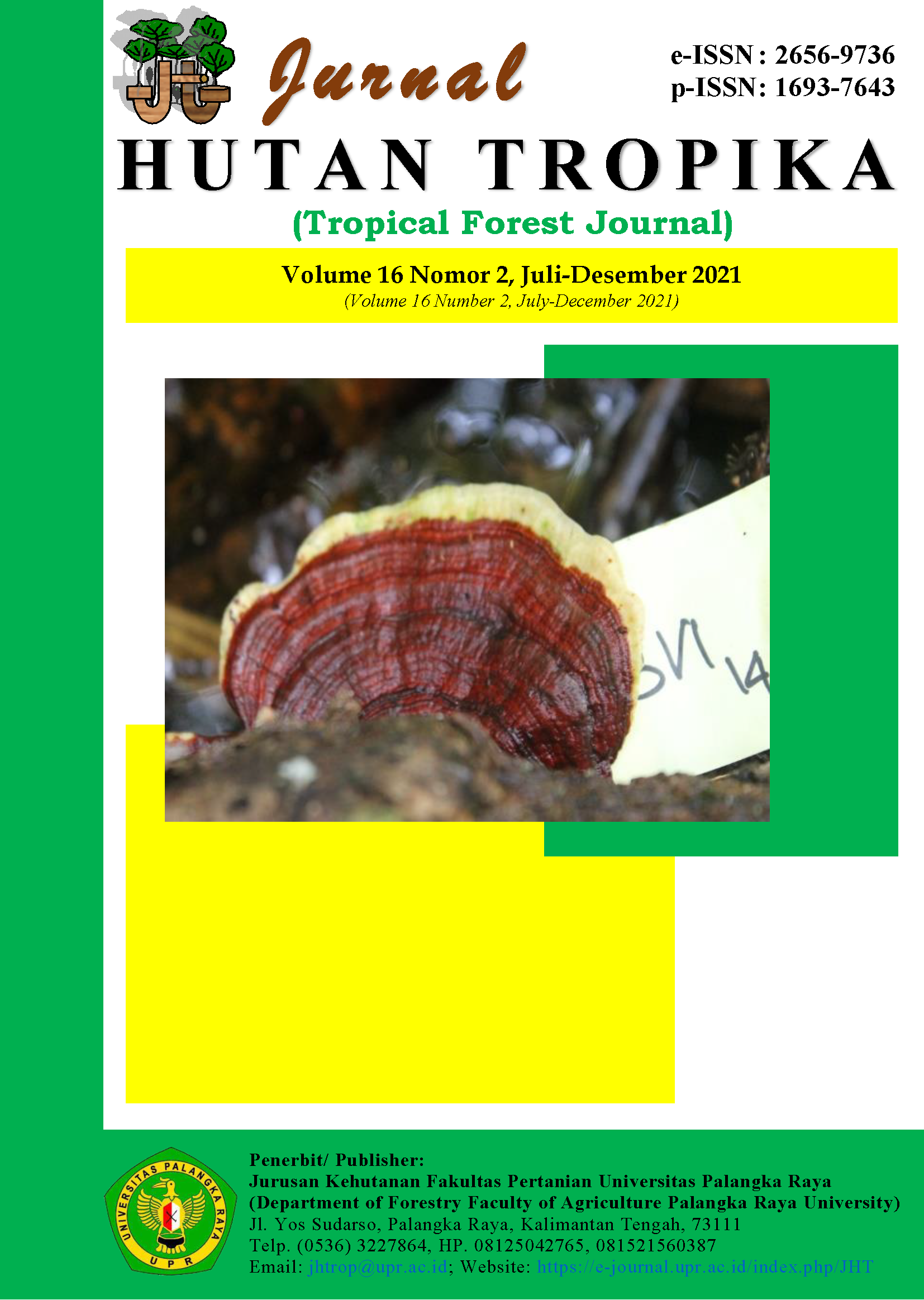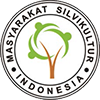Karakteristik Pelet Serbuk Gergaji Tiga Jenis Kayu Limbah Industri Mebel Sebagai Energi Alternatif Terbarukan
Characteristic of Wood Pellets Sawdust Three Types of Wood Waste from Furniture Industry as Alternative Renewable Energy
DOI:
https://doi.org/10.36873/jht.v16i2.3575Kata Kunci:
sawdust of wood waste, wood pellets, alternative energyAbstrak
Wood industry waste in Indonesia is very abundant, the percentage based on yield produced can reach 50% for sawdust, 70% for plywood industry waste, and 70% of forest harvesting waste. Wood pellets can be an alternative energy source and the availability of raw materials is very easy to find. Wood pellets are the main concern at this time because of the ease of use in raw materials and have environmentally friendly characteristics. The aims of this research was to investigate the characteristic of wood pellets from three types sawdust of wood waste from furniture industry on Palangkaraya city and compare the propreties of wood pellet with Indonesian National Standard (SNI 8021: 2018). This study used material from the sawdust waste of benuas (Shorea laevis Ridl), melur (Dacrydium spp), and jelutung rawa (Dyera polyphylla). Particles from those materials were made on 40-60 mesh, and to reduce the of extractive substances, the particles were extracted in hot water at 100°C for 3 hour. Pellets are made using single-pelletizer at room temperature with a pressure of 30 MPa for 4 hour. The target density of wood pellet was 1 g/cm³ with a diameter was 0.9 cm and length weas 4.5 cm. The results showed that the quality of Benuas, Melur and Jelutung Rawa wood pellets based on SNI 8021: 2018 wood pellet quality standards showed that the testing of wood pellets in general met the Indonesian National Standards except density. Based on the characteristics of the three types of sawdust waste studied based on specific gravity that the type of wood pulp with medium density as raw material for wood pellets that have the best quality because it has a lower water content of 3.72%, higher density 0.75 g / cm3, lower ash content 0.6%.
Unduhan
Unduhan
Diterbitkan
Terbitan
Bagian
Lisensi
Hak Cipta (c) 2021 Jurnal Hutan Tropika

Artikel ini berlisensi Creative Commons Attribution 4.0 International License.
















